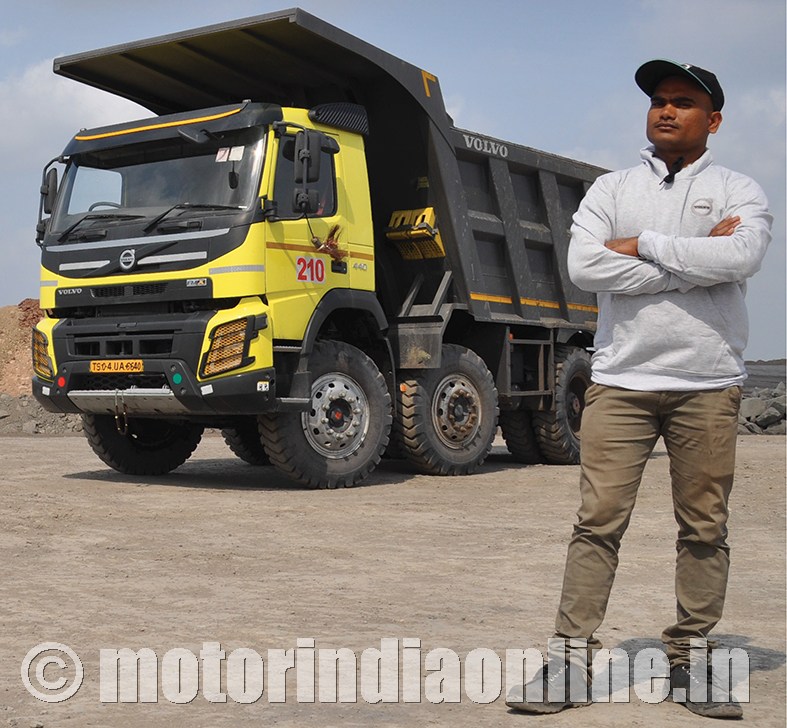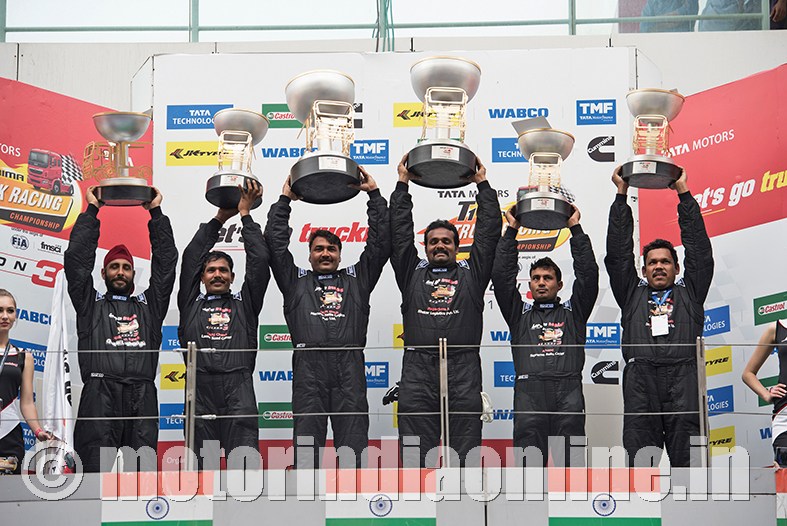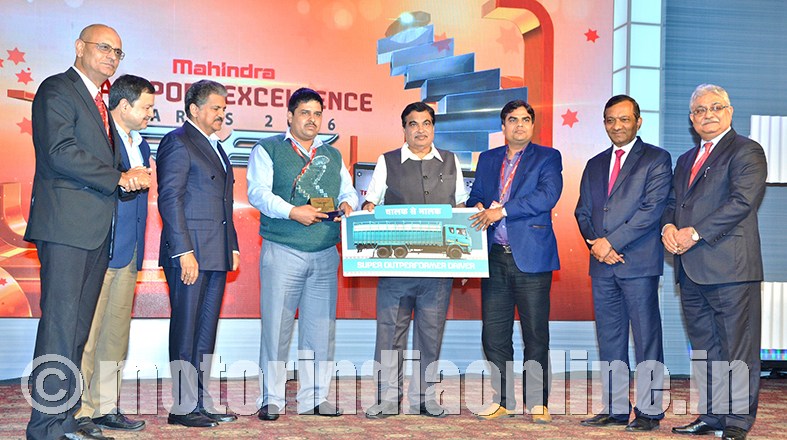Hailing from more than 30 years plus aviation industry exposure – sophisticated and matured at that with clearly laid down rules and regulations – the contrast between pilots in the sky and truck drivers on the road is stark. Shocking at times, but a ground reality, notwithstanding the fact that both are “drivers”, strictly speaking. Thus, they can be clubbed together under the broad “driver” vertical. Beyond that, no.

The driver – sorry, the pilot of the plane – was and is a highly trained and professionally certified individual. Thus, enjoying social status, financial wellness and an authority within his professional circle. Behind the efficiency of the aviation sector is the iron hand of the controlling authority DGCA in India and other statutory bodies of the international arena which enhances the credibility and dependency for not only the entire aviation gamut but also the man behind the cockpit controls.
More or less the same scenario could well be witnessed in other sectors of transport like Seaways and Railways, with degrees of efficiency varying. That the captain of a ship is revered and enjoys an elite status is no secret.
Now that I am in the midst of the happenings in the surface transport, or more specifically the highway transport segment, it leaves me flabbergasted. What a contrast. A poor cousin of the aviation industry by all means. A fragmented sector where rules are for the books and are followed more in violation. The regulatory authority is in deep slumber and, as a result the highway vultures are using these rules for their self-gain. The most important element of this segment, the Pilot uff… the driver is the last person to be talked about – an insignificant and non-consequential entity.
One must dwell into deep to fathom the contrast between a pilot and a driver. Both are behind the wheels. Both have to undergo the rigours of the job and still while the former is at the top the latter is still trying to find a foothold.

The word driver throws forward a typical image in the Indian context, or rather should I say in the south Asian and African countries too. They are rugged, no doubt, but they are equally vulnerable. Speed may be the byword of their profession by choice or by compulsion, but the word speed has no relevance in their socio-economic lifestyle.
Majority of the highway drivers wouldn’t have gone to any training school. Nothing to do profitably in their villages, some uncle, father, brother or may be a friend would have lured him to come with him on his errands promising to make him also a commercial vehicle driver which would give him a livelihood. Thus, initiating a young man into the profession. A typical story of the fraternity. A couple of years under the ustad, he would have learnt the nitty gritty of driving, and one fine day when his guru is convinced he would have been referred to his malik. Thus emerges our hero inheriting all the negative and positive traits behind the wheels and beside the roads as well. In all probabilities, his driving licence would have been door delivered for a consideration, well, at least in the case of the older lot.
That being the scenario which has not changed much over the years, how could he be considered at par with the other chalaks of air or sea?
Something called education which is a pre-condition for others is really not a must for our highway drivers. Well, you may quote the relevant chapter of the Motor Vehicles Act to show that the minimum education does exist for these drivers also. I agree, but like I said earlier only confined to the rule book. In fact, our big brothers of the transport sector are lobbying against implementation of any such clauses lest it may hamper the availability of manpower.

Contrasts galore! Whereas the air, sea and the rail wing of the transport adheres strictly to the working hours and the rest clauses strictly, the story is not the same as far as highway transport is concerned. An industry where 85% are chalak-cum-malak with 1 to 5 vehicles have a very little say in the matter. They have no business acumen. Puppets in the hands of the big players, the only concern for such drivers is survival and for the sake of it they are destined to ignore the work hours’ rule. And our custodians of the Rule Book conveniently maintain a silence for whatever reason.
Our friend is compelled to lead a nomadic life style. He is away from his home for days, weeks or even months. Away from his near and dear ones he throws the pages of his social rule book to the winds. Psychologically and morally. Over the years, he wraps himself in a cocoon. An introvert. However, the sexual need of a man or animal is an integral part of nature. Being denied the company of his family (read wife) he has but to find a way out. And thus the driver community not only in India but in other parts of the world are labelled as ‘Bridge Population’. Carriers of HIV/Aids.
Our drivers are neither trained in a proper way about their driving skills nor are they introduced to the social and business skills. So much so that they don’t even know how to interact or how to properly dress on an off duty.
A lungi, with a dirty and torn coloured banian and a dirty towel on his shoulder and slippers (mostly bathroom slippers) or a loose pyjama and still looser kurta with a gamcha and either fancy nagaras or plain slippers is the typical dress worn by drivers of both the south/north. Unshaven face/untrimmed beard is a common factor. Lack of proper and neat dressing is one of the major reasons while drivers are ill-treated by the highway officials and the police. Philosophically speaking, dressing should not be the yardstick of judging a person but in reality, the first impression is generated by your sense of dressing. One need not be wrapped in costly or trendy dresses, but it has to be appropriate and neat to give a professional look. Would he ever dare to go with his kid to the school in his well-known avatar? The first person to object would be his own little one. The tiny tot knows instinctively that proper dressing is a parameter of respect. Lack of schooling and sense of dressing is another factor for his low esteem.
Proper training in driving skills and behavioural skills, a little school education, adherence to working/rest hour pattern, proper rest, opportunity to spend more time with his family and friends will inculcate a sense of pride in him.
We could see a ray of hope to glimpse the yeomen services here and there. Sarai concept started by IOC, Driver training centres by Ashok Leyland, ‘donate sleep’ by Agarwal Transporters and Rest-n-Relay pattern of VRL are some of the commendable acts. However, it is like a drop in the ocean. A lot more has to be done by honchos of Transport industry, the OEM, big transporters, vehicle manufacturers, oil companies and most importantly the MORTH.
Technologically advanced vehicles and swanky sophisticated highway network will be a sheer waste without the man behind the wheels. Driverless vehicles are still a distant dream even in the advanced western countries leave alone the Asian/African countries. The Union Transport minister has accepted a whopping 22% shortage of highway drivers. Wheels of economy is directly proportionate to the availability of these non-descript but non-dispensable tribe of drivers.
By Raghuram Sharma